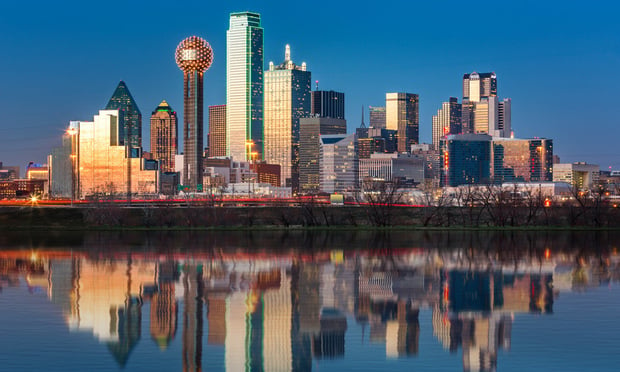"There is a continual process of education," said Michael Deane, operations manager for sustainable construction for Turner Construction in New York City. Speaking at a session entitled "Implementing Sustainability," Deane said these misconceptions are often shared by clients and the supply chain along with in-house management.
Deane said that those challenges are common because most developers can't break with the past, and ultimately they need to follow the client's lead. "You can only push a client so far," he said. Not surprisingly, cost is also a common issue.
However, those hurdles are starting to break down. Increasingly, he noted, clients are asking for a sustainable environment, and in terms of cost, "We can build for minimal or no cost additions."
Philadelphia-based Liberty Property Trust senior vice president John Gattuso also noted changes in the market perception. "Real estate is an asset to be leveraged, rather than expensed," he said, "We can leverage the human resources within the asset." He noted that increases in productivity yield increases in per-square-foot value. Both Deane and Gattuso agreed that to maximize that leverage, the development company needs to be a part of the process as early as possible.
When it comes to green on a community basis, the true potential--and the challenge--of leveraging people takes on an entirely different complexion. "Sustainability is more than green," said Peter McMahon, president of Salt Lake City-based Kennecott Land. "It extends to education, healthcare, diversity in the community. Why? It's good for business. It's good for your company's reputation. It's good for talent, since people under 30 are committed to the principle." He also said it will help in a company's access to capital and allow the firm to stay ahead of regulation as more cities adopt green legislation.
Nowhere was the human aspect of sustainability more clearly expressed than in the keynote address by John L. Knott Jr., president and CEO of the N. Charleston, SC-based Noisette Co. His firm's sustainable restoration of urban-core and discarded military land salvaged some 3000 acres in the area, creating communities while retaining roughly 90% of the population formerly housed in substandard residences. As part of the effort, the community provides a variety of ongoing social offerings, including programs to help former prisoners re-enter the community, improve the quality of education and raise the level of homeownership.
"You cannot have sustainability without addressing the needs of the community," Knott stated. "This is not just about wealth."
Continue Reading for Free
Register and gain access to:
- Breaking commercial real estate news and analysis, on-site and via our newsletters and custom alerts
- Educational webcasts, white papers, and ebooks from industry thought leaders
- Critical coverage of the property casualty insurance and financial advisory markets on our other ALM sites, PropertyCasualty360 and ThinkAdvisor
Already have an account? Sign In Now
© 2024 ALM Global, LLC, All Rights Reserved. Request academic re-use from www.copyright.com. All other uses, submit a request to [email protected]. For more information visit Asset & Logo Licensing.









